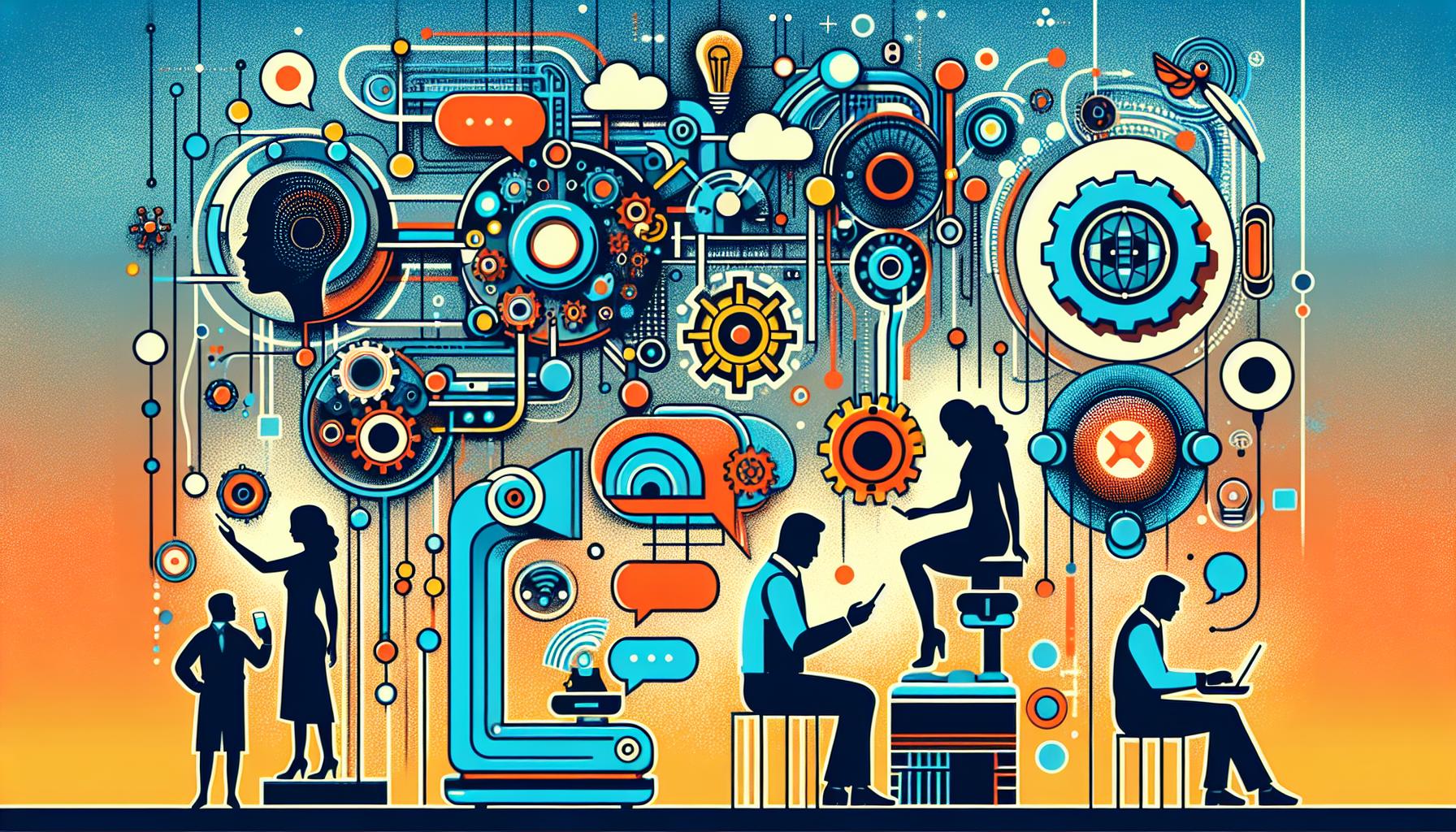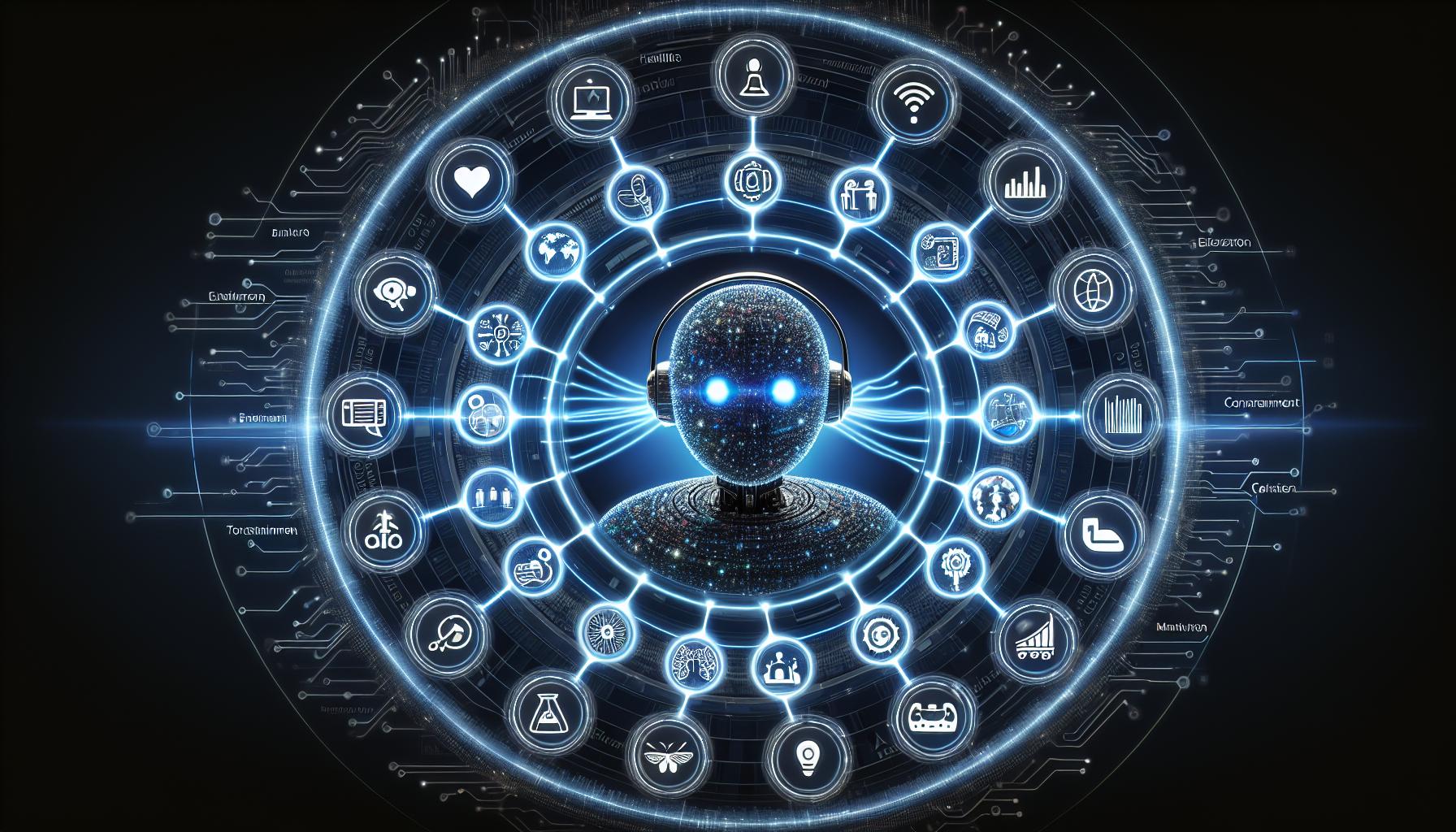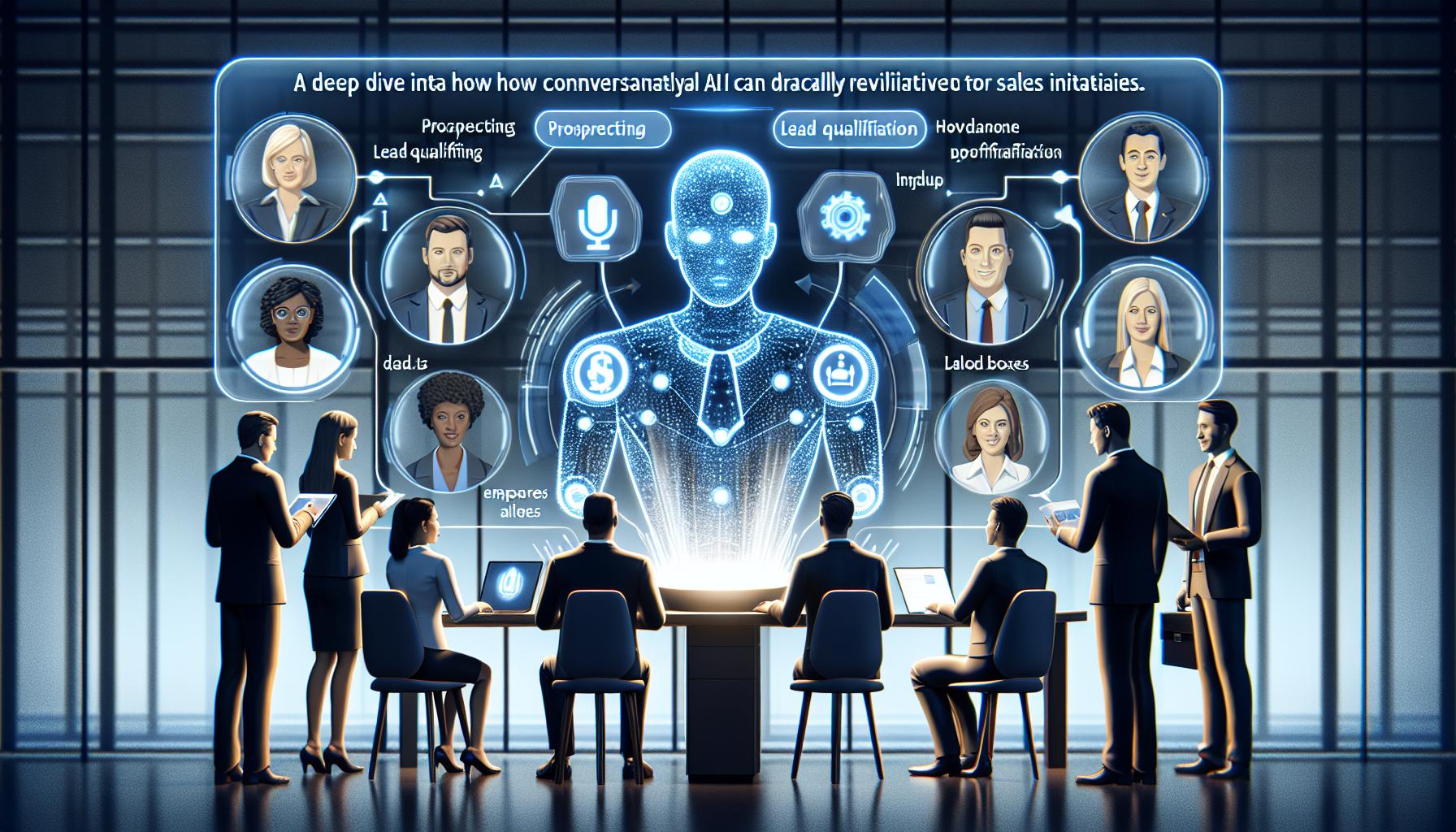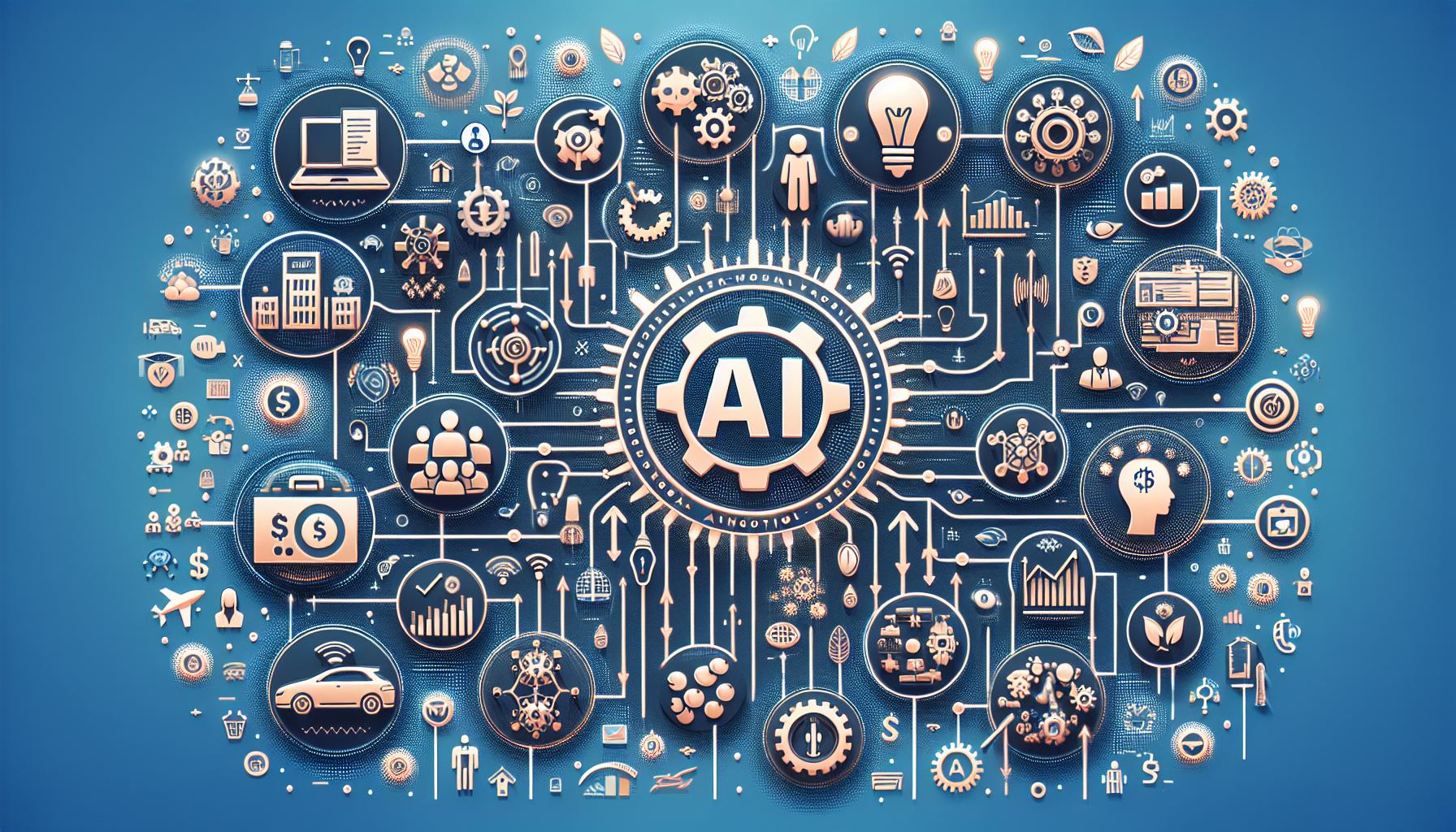Empowering Employees with AI: A Look into Future Workspaces

Understanding the Power of AI
Artificial Intelligence, or more commonly known as AI, is no longer a foreign concept. From daily utilities to high-level data analysis, A.I. has marked its presence in various domains, redefining the notions of automation and interaction. With the rapid advancements in computational power and machine learning techniques, A.I. has evolved beyond rudimentary tasks, paving the way for complex processes like language understanding and dialog recognition. Conversational A.I. is one such revolutionary application that translates these capabilities into a sophisticated interaction framework.
What is Conversational AI?
Conversational A.I. is a technology that enables computers to engage in human-like dialogues, understand and respond to spoken or written text, and converse in a natural, understandable manner. They are designed to mimic human conversation, understand different dialects, accents and language, and provide accurate responses. While they are prevalently used in customer service industries, their potential in employee interaction and internal communication is just beginning to be recognized.
Revamping Internal Communication with AI
Organizations, big or small, thrive on communication. Information flow, order, and employee interaction delineate the working of an institution. Here, Conversational A.I. has the potential to revamp the existing modes of internal communication, making it leaner and much more effective. By introducing an intelligent conversational interface for inbound and outbound communication, A.I. can improve the efficiency of workplaces and form the backbone of future workspaces. Let's understand how.
Streamlining Inbound Communication
In inbound communication, AI-powered chatbots can handle a myriad of employee queries, resolving them in real-time. With AI, the need for human intervention in these interactions can be minimized, saving ample time and resources. The chatbots, based on Natural Language Processing, can comprehend the requests, questions, or commands inputted by the employees, thereby providing accurate responses or executing the requested action instantly.
Optimizing Outbound Communication
As for outbound communication, A.I. can assist in creating well-informed, personalized notifications or alerts. For instance, it can analyze employee schedules, deadlines, and planned meetings to send timely reminders. It, thus, can ensure that no essential task falls off the radar and everything proceeds as planned, thereby boosting productivity.
A Sneak Peek into Industry-Specific Scenarios
From finance to manufacturing, AI's versatility promises enhancements in every sector's internal communication. In healthcare, A.I. interfaces can manage schedules and assist healthcare professionals in patient interactions. In retail, A.I. can monitor stock levels and automate order placements, thereby streamlining operations. Similar applications can be envisaged in other sectors–making A.I. an integral part of future workspaces.
The Future of Workspaces with A.I. Integration
Conversational A.I. brings with it a vision of workspaces that are dynamic, efficient, and in-sync with the rapidly evolving technology. With A.I. handling mundane tasks, employees can dedicate their mental energies to strategic thinking, idea generation and other vital aspects that demand human ingenuity. It, therefore, is not just a tool but a game-changer that promises to reshape future workspaces around the globe.




